MAP Granular Fertilizer Production Line
The growing demand for high-quality fertilizers in modern agriculture has led to the development of advanced MAP Granular Fertilizer Production Lines. Monoammonium phosphate (MAP) is a highly efficient fertilizer, widely used to boost crop yields by providing essential phosphorus and nitrogen. This article explores the production process, key equipment, and benefits of MAP granular fertilizer production lines, highlighting how they contribute to agricultural sustainability and efficiency.
MAP fertilizer is a water-soluble, high-phosphorus fertilizer made from a reaction between phosphoric acid and ammonia. The granular form of MAP fertilizer has several advantages over powdered forms, including easier handling, storage, and more precise application in agricultural fields. The MAP Granular Fertilizer Production Line transforms raw materials into high-quality granules that provide essential nutrients to plants, promoting healthy growth and higher yields.
Production Process of MAP Granular Fertilizer
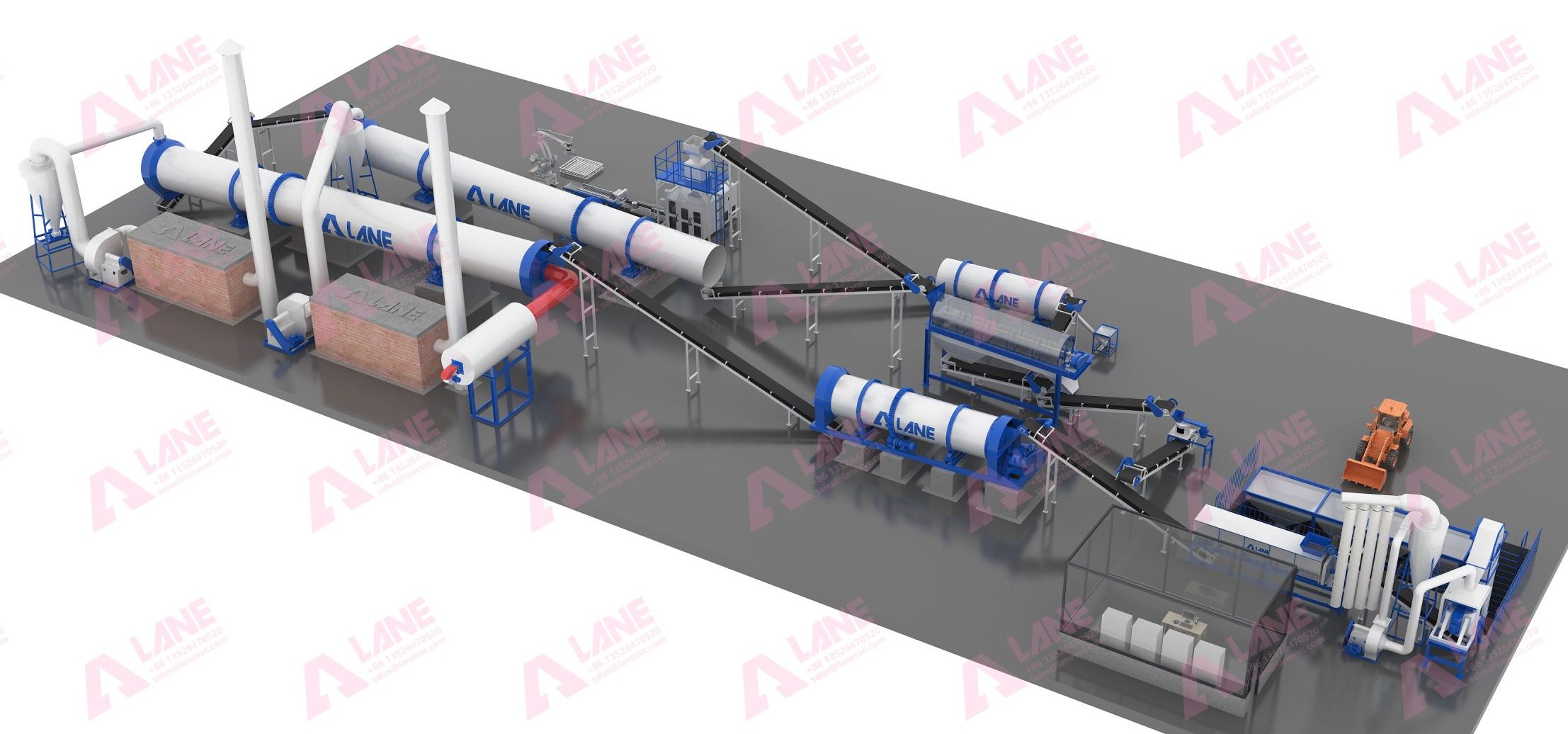
The production of MAP granular fertilizer involves several critical stages that ensure the final product meets the necessary standards for agricultural use.
- Raw Material Preparation
The first step in the MAP fertilizer production process is the preparation of raw materials. Phosphoric acid and ammonia are the primary ingredients. These raw materials must be carefully measured and processed to achieve the right chemical reaction. - Reaction
In the reaction stage, phosphoric acid and ammonia are mixed under controlled conditions to produce monoammonium phosphate. This chemical reaction forms a concentrated liquid solution of MAP, which is then cooled to initiate the next stage of the production process. - Granulation
The liquid MAP solution is fed into a granulator, which converts the liquid into solid granules. The granulation process involves spraying the solution onto fine particles, which then aggregate into larger particles. The size and consistency of the granules are crucial to ensure uniform application and effective nutrient release. - Drying and Cooling
After granulation, the MAP fertilizer granules must be dried to remove excess moisture. This is typically done using a fertilizer dryer, which ensures the granules are dried to the right moisture content. Once dried, the granules are cooled in a fertilizer cooler to prevent them from clumping together. - Screening and Packaging
The final step involves screening the MAP granules to remove any oversized or undersized particles. The perfectly sized granules are then packaged for distribution. The packaging process is usually automated to ensure efficiency and accuracy, with automatic packing machines filling bags with precise amounts of fertilizer.
Key Equipment in MAP Granular Fertilizer Production Line
To achieve optimal results, several types of equipment are essential in the MAP Granular Fertilizer Production Line:
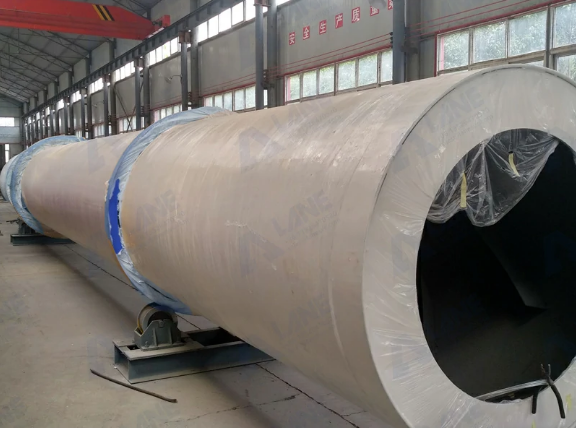
- Fertilizer Granulator Machine: This machine is responsible for converting the liquid MAP into solid granules. The type of granulator used can vary, depending on the required size and quality of the granules.
- Fertilizer Dryer: The dryer is used to remove moisture from the granules, ensuring they are stable and suitable for storage and transportation.
- Fertilizer Cooler: After drying, the cooler helps lower the temperature of the granules, preventing them from sticking together.
- Fertilizer Screening Machine: This equipment sorts the granules by size, ensuring that only properly sized granules are packaged.
- Automatic Packing Machine: This machine is used to package the granules into bags, ensuring accurate and efficient packaging.
Benefits of MAP Granular Fertilizer Production Line
The use of a MAP Granular Fertilizer Production Line offers numerous advantages for agricultural producers:
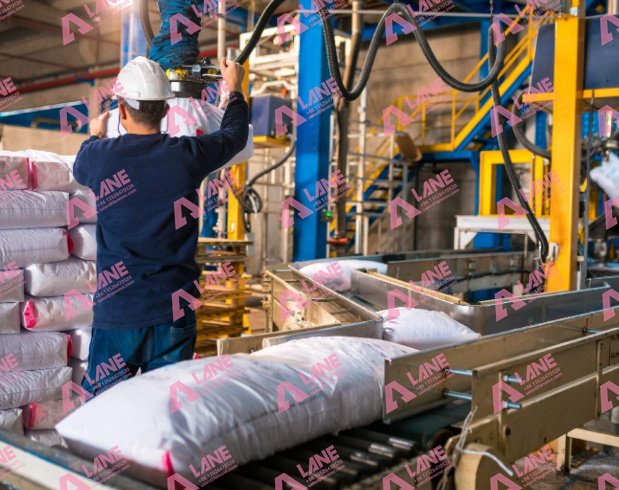
- Improved Fertilizer Quality
The production line ensures that the MAP fertilizer granules are uniform in size, which promotes even application in the field. Consistent granules lead to more efficient nutrient delivery, benefiting crop growth. - Increased Agricultural Productivity
With high-quality MAP fertilizer, crops receive the necessary phosphorus and nitrogen for optimal growth. This leads to improved yields and healthier plants, which are essential for meeting global food demands. - Energy Efficiency
Modern MAP fertilizer production lines are designed with energy efficiency in mind. The latest technologies help reduce energy consumption while maintaining high output levels, making the production process more sustainable. - Automation and Cost-Effectiveness
The automation of the production process reduces the need for manual labor, minimizing human error and increasing overall efficiency. This leads to cost savings, which can be passed on to customers. - Environmental Impact
Advanced MAP fertilizer production lines also focus on minimizing waste and reducing harmful emissions. This eco-friendly approach ensures that the production process adheres to environmental standards and contributes to sustainability in the agricultural sector.
How to Choose the Right MAP Granular Fertilizer Production Line
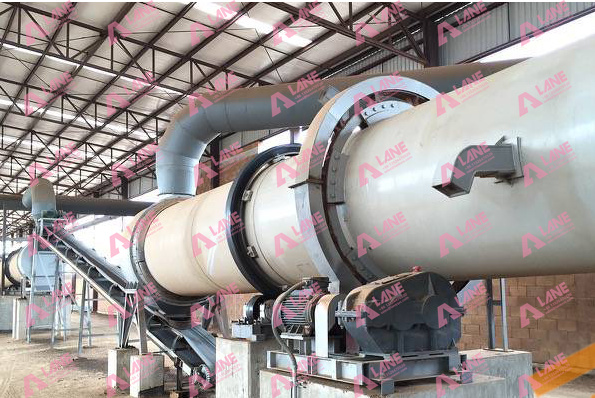
When selecting a MAP Granular Fertilizer Production Line, it’s important to consider the following factors:
- Production Capacity: Choose a line that can meet the scale of your operations. Whether you’re producing on a small or large scale, the right equipment is crucial for efficiency.
- Quality Control: Look for a production line that ensures consistent quality, from raw materials to the final product.
- Energy Efficiency: Select a production line that incorporates energy-saving technologies to reduce operating costs and environmental impact.
- Customization: Opt for a production line that can be tailored to your specific needs, such as granule size, production speed, and automation levels.
Conclusion
In conclusion, a MAP Granular Fertilizer Production Line is essential for producing high-quality fertilizer that supports agricultural productivity. The advanced technology and equipment used in these production lines improve efficiency, reduce costs, and help deliver a product that meets the needs of modern farming. By investing in the right MAP fertilizer production line, agricultural businesses can improve crop yields and contribute to the sustainable development of agriculture.
At Lane Group, we offer state-of-the-art MAP Granular Fertilizer Production Lines that can be customized to suit your specific production needs. Get in touch with us today to learn more about our solutions and how we can help you optimize your fertilizer production process.
Latest Articles & Tips
More-
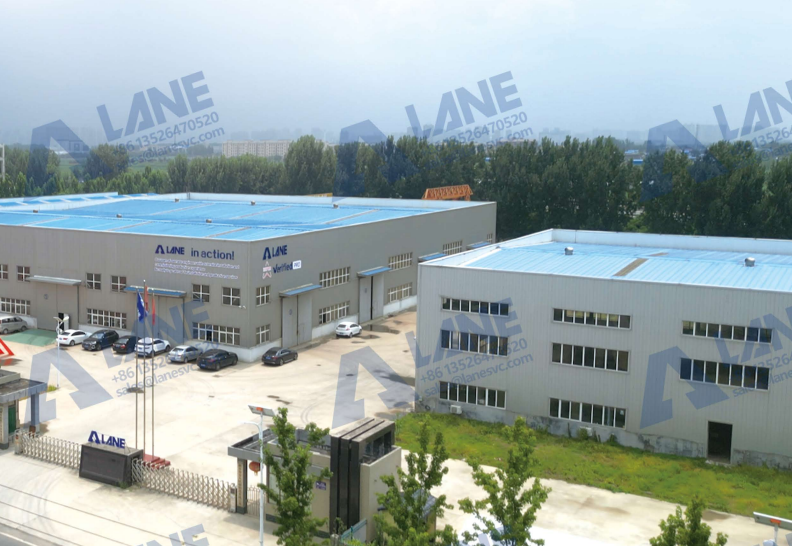
03/14
OEM Fertilizer Equipment Manufacturing: Custom Solutions for Your Production Needs
read more -
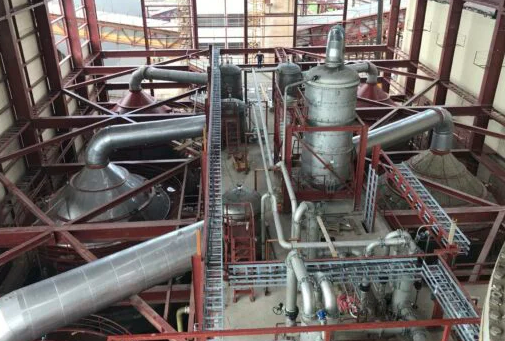
02/27
Fertilizer Granulation for DAP and MAP: Enhancing Efficiency in Fertilizer Production
read more -
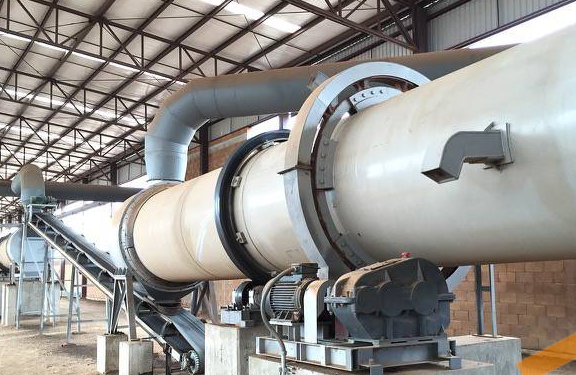
02/27
Fertilizer Production Solutions: Optimizing Efficiency and Sustainability in Fertilizer Manufacturing
read more -
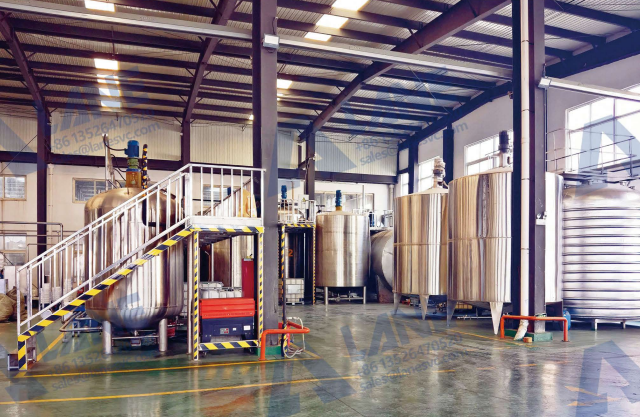
02/13
Chemical Fertilizer Production Line: Enhancing Agricultural Productivity with Precision Manufacturing
read more



Send a message to us